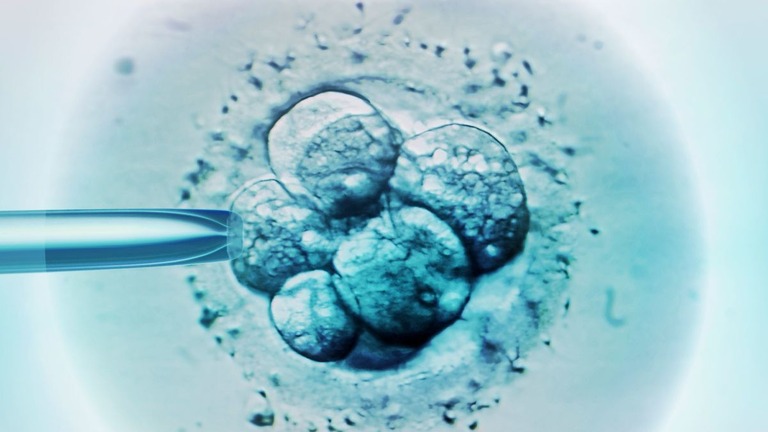9900万年前の恐竜時代に生息していた新種の寄生バチは、捕らえた獲物の体内で幼虫を育てる奇抜な仕組みを進化させていた――。
A new species of parasitic wasp that lived during the dinosaur era 99 million years ago evolved an unusual system of raising larvae inside the bodies of captured prey—
が27
日の
科学誌BMCバイオロジーに
発表された。
Such research was published in the scientific journal BMC Biology on the 27th.
はミャンマー
産の
白亜紀の
琥珀(こ
はく)に
閉じ
込められていた
小さな
蜂の
化石標本16
点を
調査した。
The research team investigated 16 fossil specimens of small bees that were trapped in Cretaceous amber from Myanmar.
、
未知の
新種だったことが
分かり、「Sirenobethylus charybdis」と
命名した。
As a result, it was found to be an unknown new species and was named Sirenobethylus charybdis.
は
腹部にハエトリグサのような
構造をもち、
これで
昆虫を
捕獲していたと
思われる。
This bee seems to have a structure on its abdomen similar to a Venus flytrap, which it likely used to capture insects.
を
発表したデンマーク
自然史博物館の
研究者は、「
最初の
標本を
見た
時は、
腹部の
先端が
膨らんでいるのを
見つけて
気泡に
違いないと
思った」「
ところが別の
標本を
幾つか
調べて
最初の
標本に
戻ると、
これが
体の
一部だったことが
分かった」と
説明する。
The researcher from the Natural History Museum of Denmark, who published the paper, explains, When I first saw the specimen, I noticed the tip of the abdomen was swollen and thought it must be a bubble. However, after examining several other specimens and returning to the first one, I realized this was a part of the body.
の
首都師範大学と
共同で
調べた
結果、
この構造は
標本によって
場所が
異なっていたことから、
可動式だったと
研究チームは
推測。
As a result of the investigation conducted jointly with Capital Normal University in China, the research team speculates that this structure was movable, as its location varied depending on the specimen.
「
下部のフラップが
開いていることも、
閉じていることもあった」といい、「
明らかに
可動式の
構造で、
何かを
捕獲するために
使われていた」と
解説する。
He said, The bottom flap was sometimes open, sometimes closed, and explained, It was clearly a movable structure used for capturing something.
の
自然界で
これに
最も
近いのはハエトリグサだった。
The closest thing to this in the modern natural world was the Venus flytrap.
のハエトリグサは、
開閉式の
葉を
閉じて
獲物を
中に
閉じ
込める。
The Venus flytrap, a carnivorous plant, closes its hinged leaves to trap prey inside.











